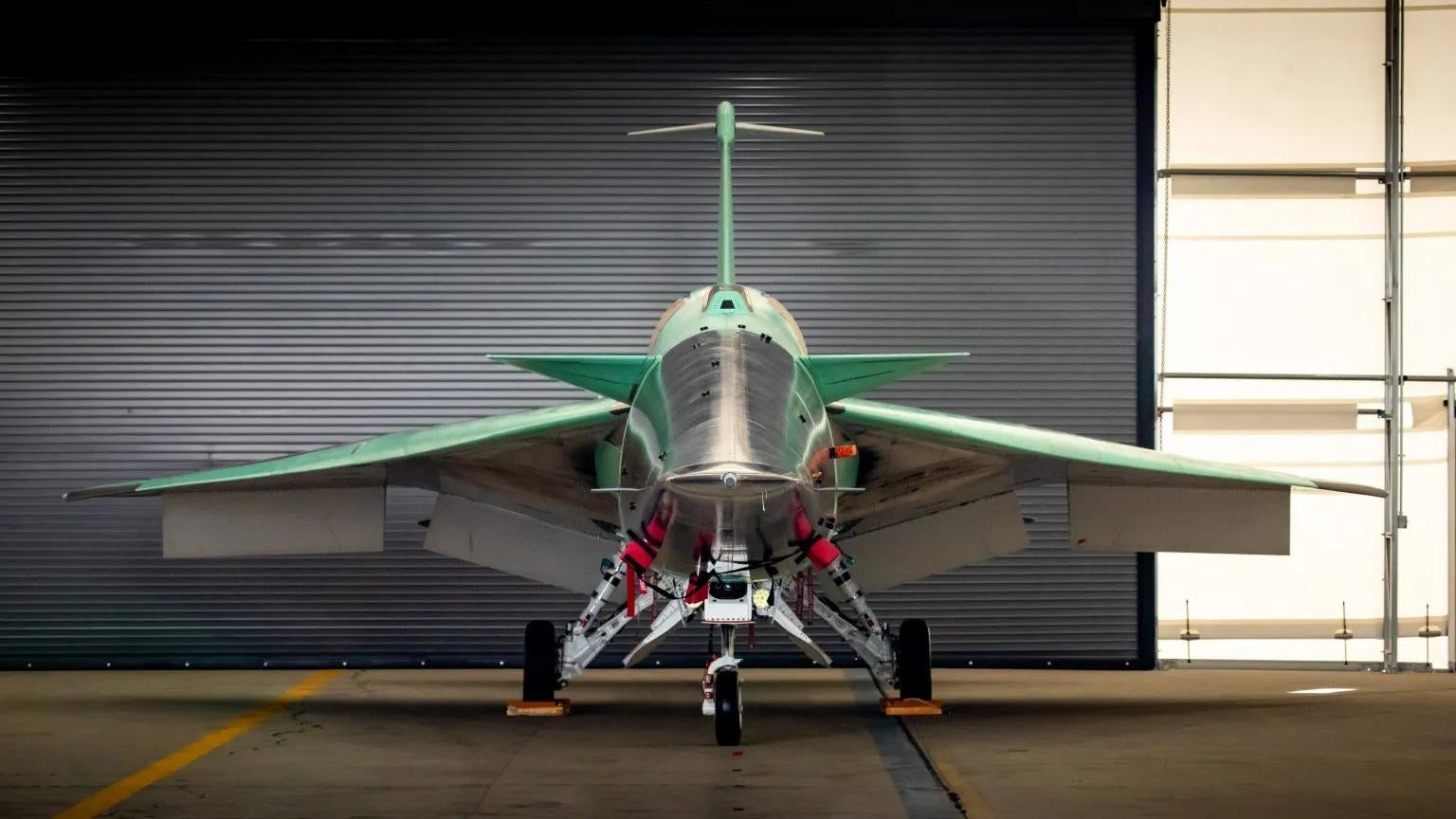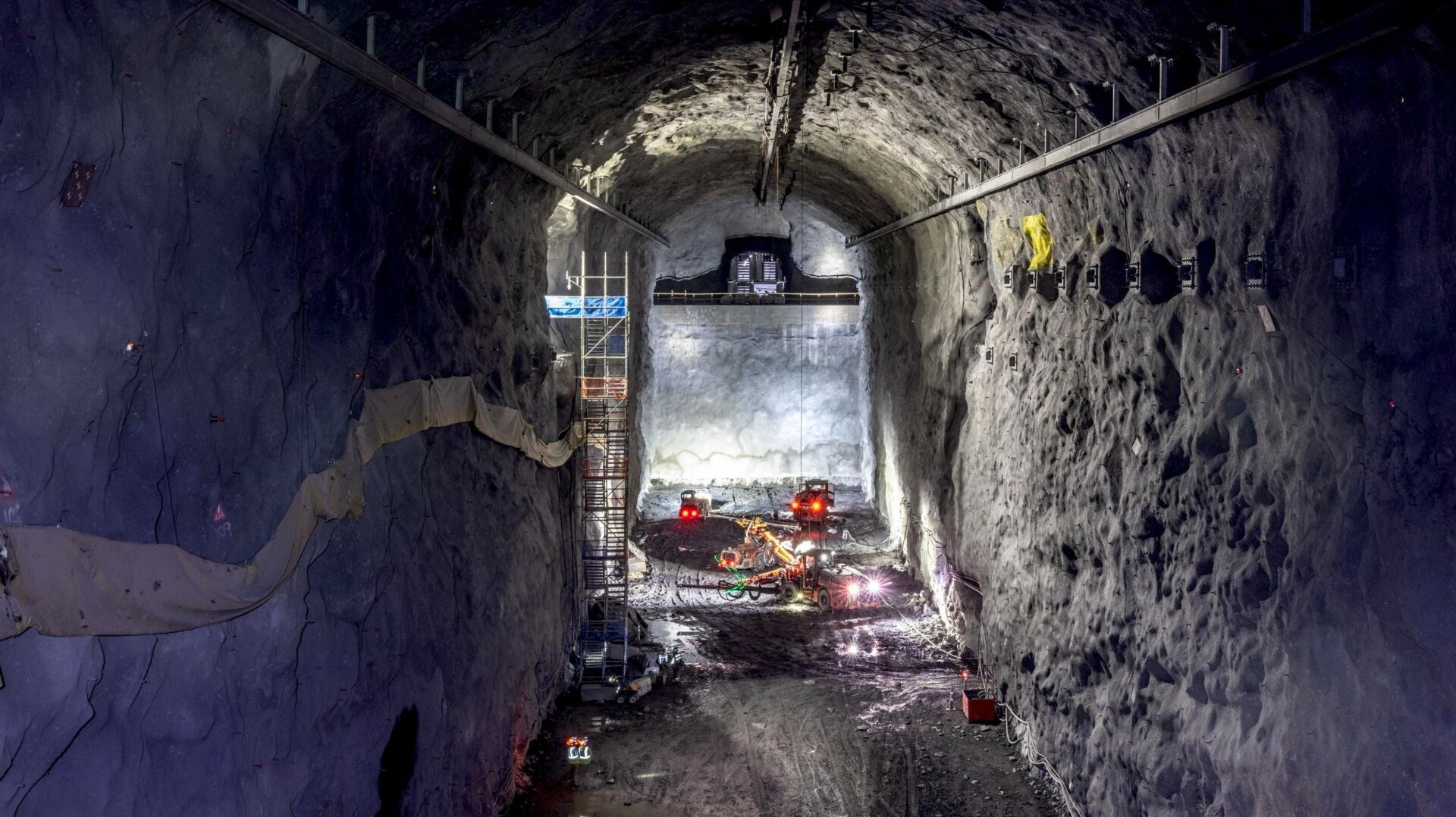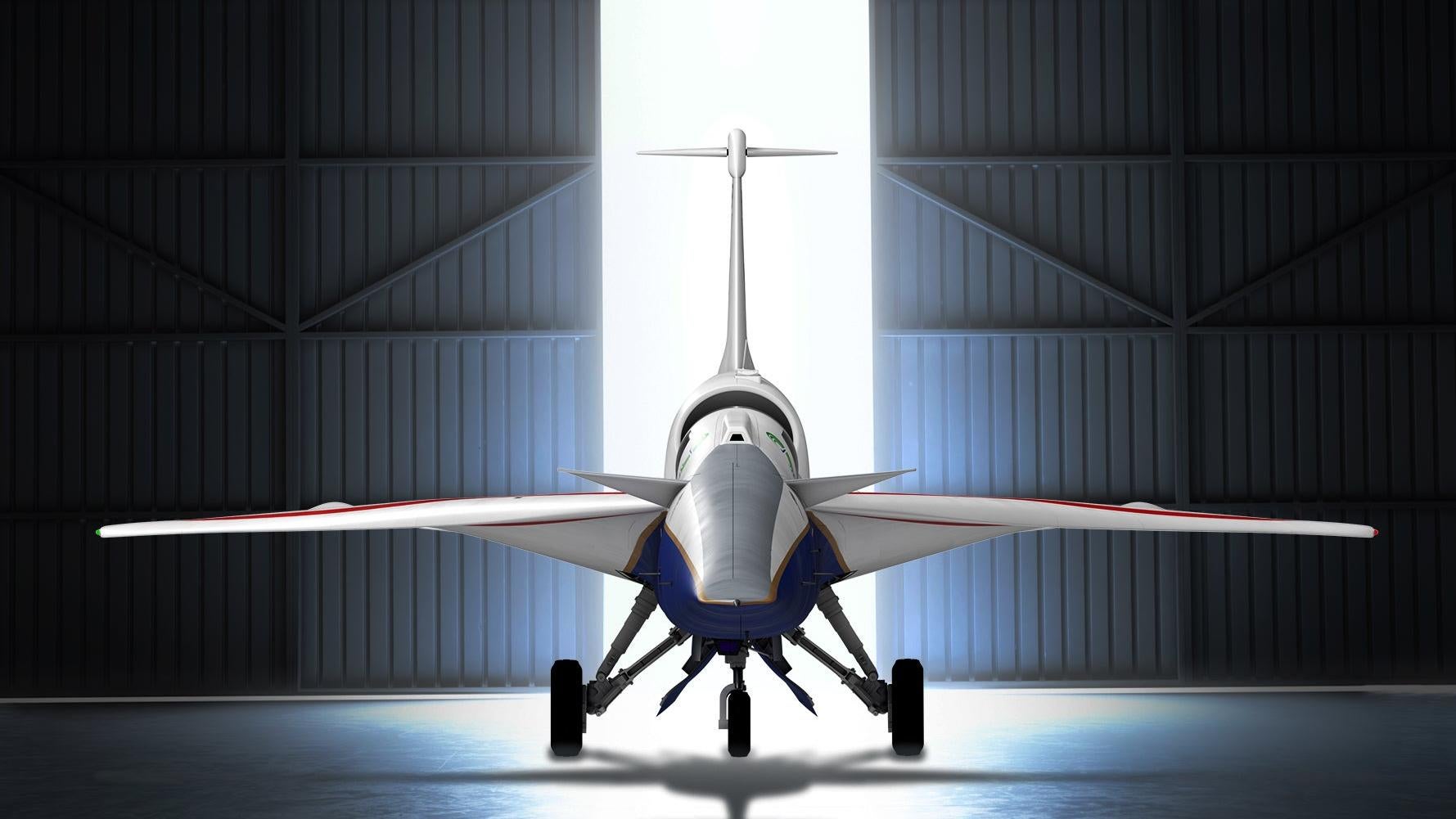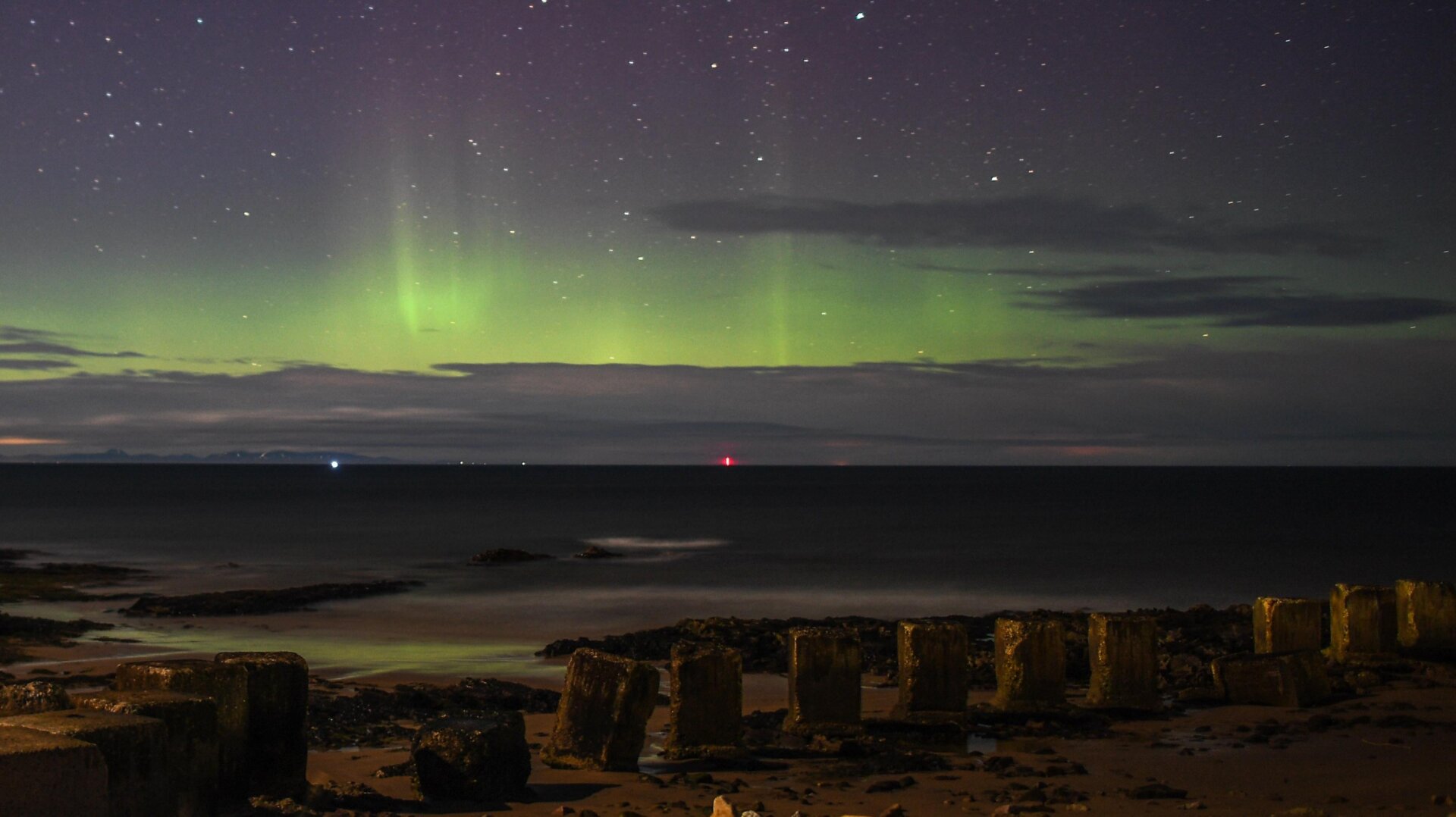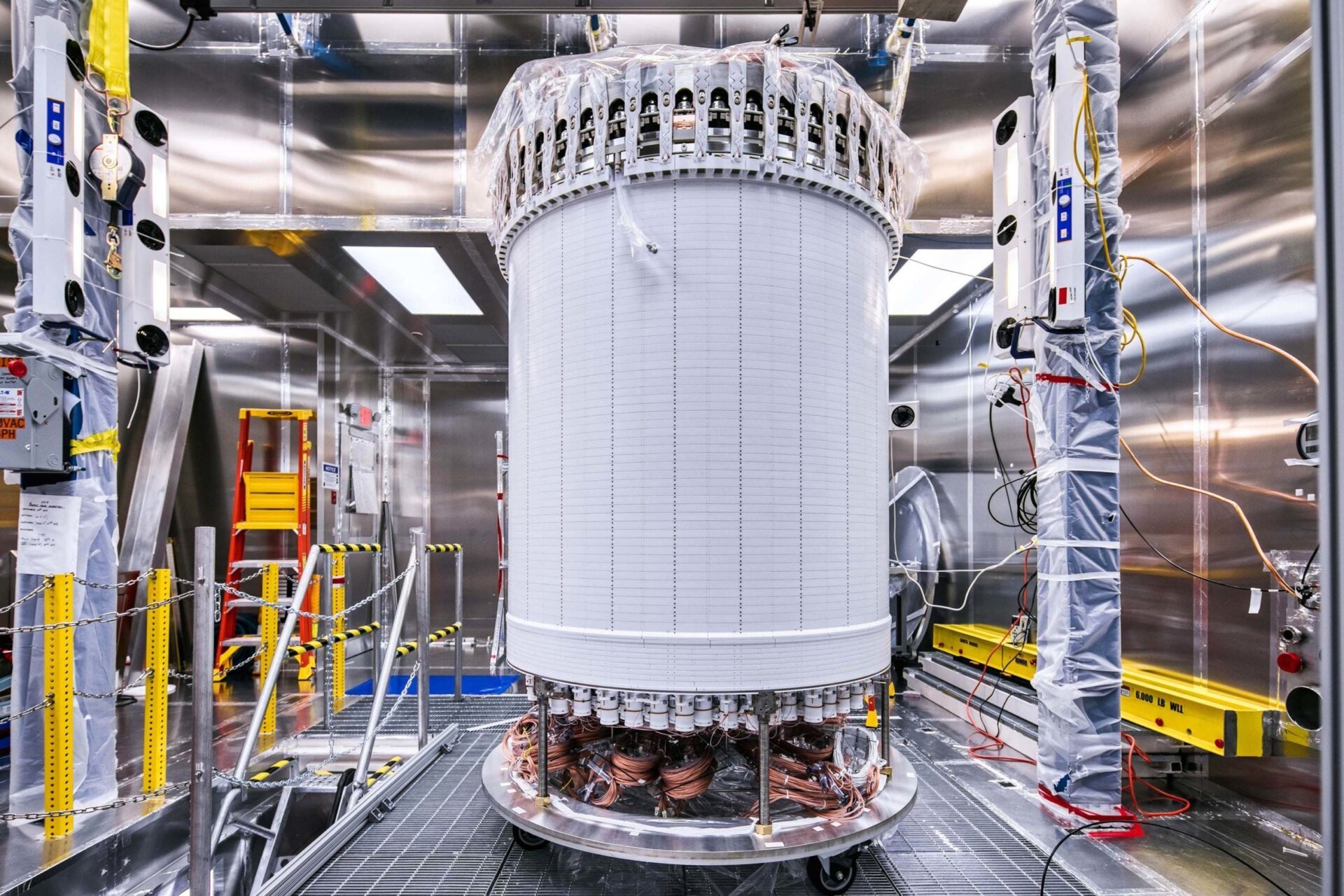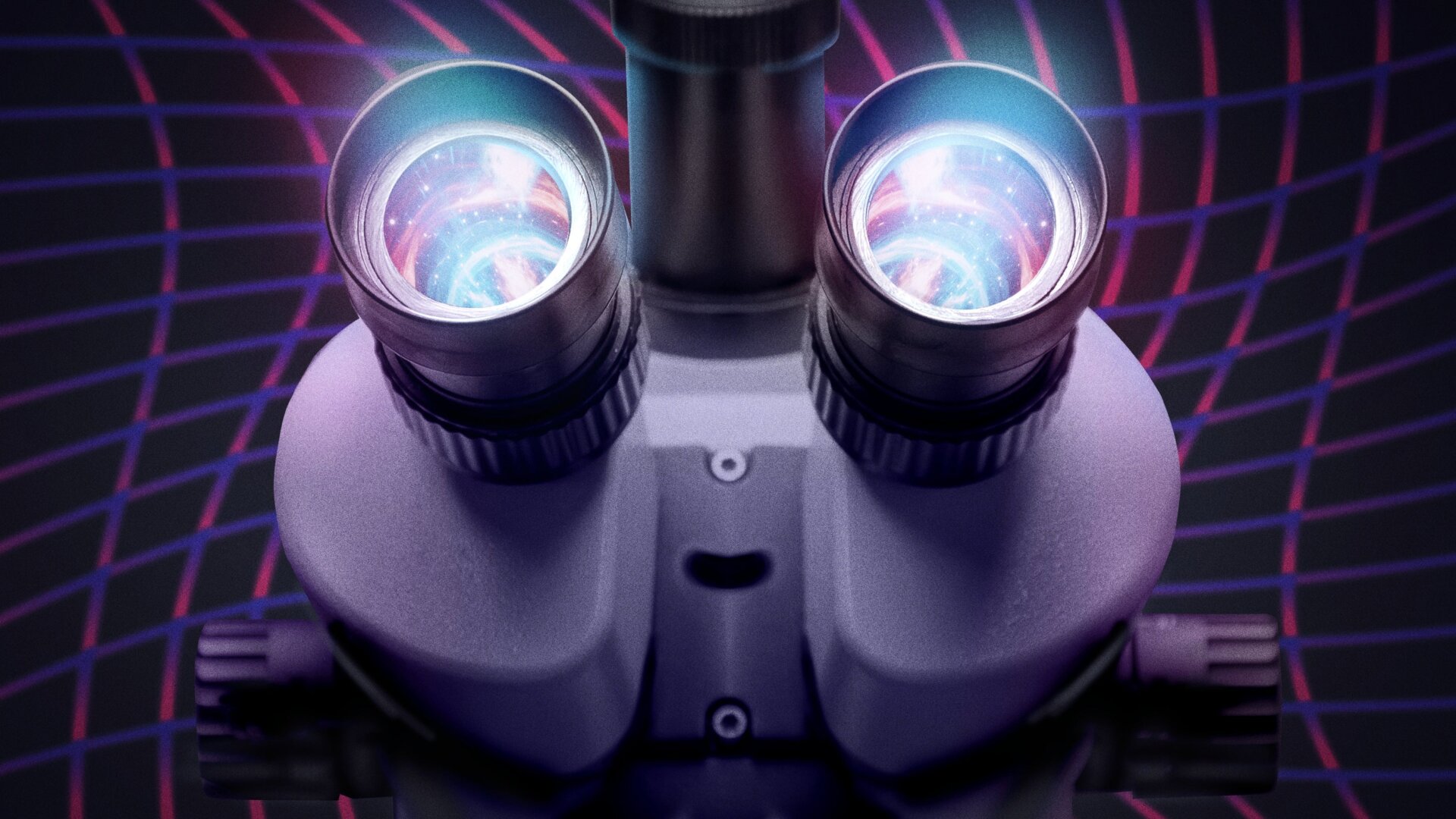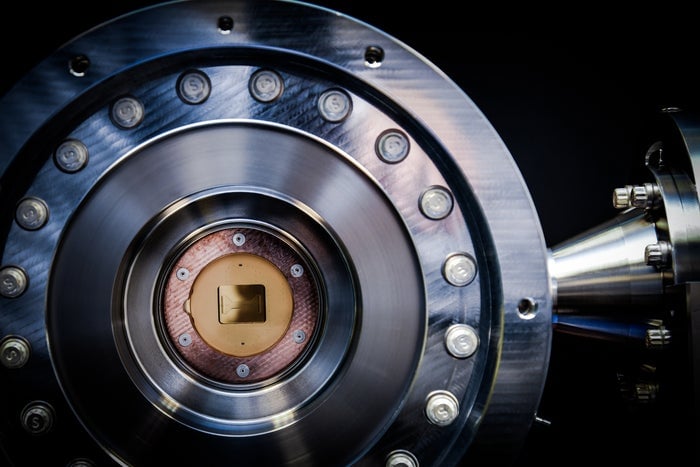NASA’s experimental supersonic aircraft, the X-59, the centerpiece of the agency’s Quesst mission, is poised to emerge from its California desert hangar next week. This highly anticipated event marks a significant milestone after six years of development. If successful, the X-59 promises to revolutionize air travel by demonstrating supersonic flight without the disruptive sonic booms.
This sleek, 99-foot-long (30-meter) aircraft stands just 14 feet (4.27 meters) tall, resembling a needle in flight. Powered by a single engine, this jet is designed to cruise at an altitude of 55,000 feet (16,764 meters) and reach speeds of up to 925 mph (1,489 kmph), or Mach 1.4. The key innovation, however, lies in its minimized sound impact. Collaboratively developed with Lockheed Martin’s Skunk Works team, the X-59 is projected to produce a perceived sound level of only 75 PLdB, comparable to the closing of a car door.
Conventional supersonic flight generates loud sonic booms due to the aircraft traveling faster than the sound waves it creates. While inaudible to those on board, these shockwaves can cause damage to buildings, distress animals, and create significant noise pollution for communities below. The X-59 aims to mitigate this issue by producing a significantly quieter “sonic thump” instead of a boom.
Initially scheduled for its maiden flight in 2023, the X-59’s timeline was adjusted to address system integration and resolve recurring computer issues, according to NASA. The aircraft has since undergone rigorous structural and ground testing.
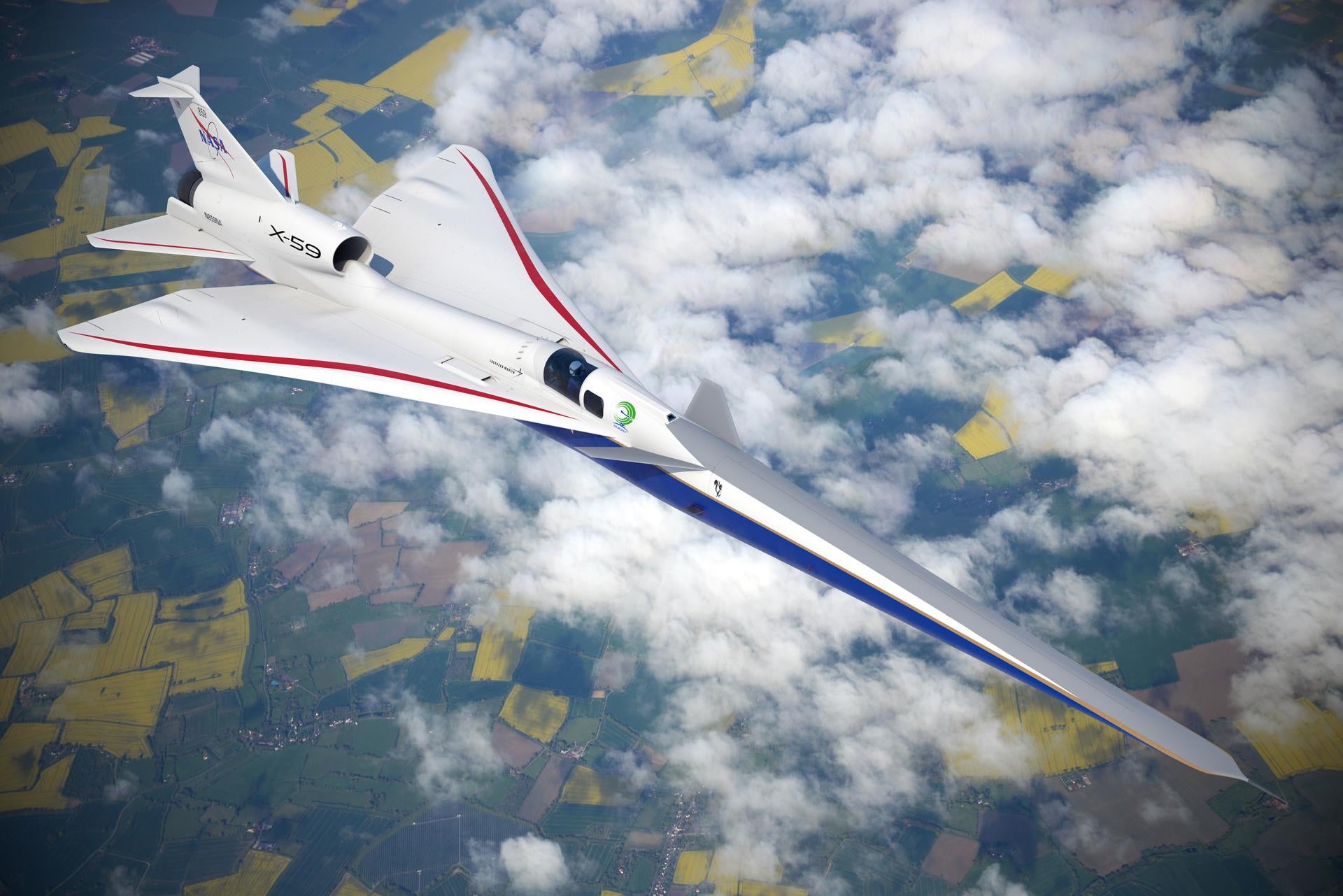 An artist’s depiction of the X-59 in flight.X-59 Supersonic Aircraft in Flight (Artist’s Rendition). Illustration: NASA, Lockheed Martin
An artist’s depiction of the X-59 in flight.X-59 Supersonic Aircraft in Flight (Artist’s Rendition). Illustration: NASA, Lockheed Martin
While the X-59 research aircraft is a distinctive mint green, the aircraft being unveiled will sport a red, white, and blue paint scheme. Beyond its patriotic aesthetic, this new coating provides protection against moisture and corrosion. NASA has extended invitations and provided resources, including printable decorations and themed food ideas, for those wishing to celebrate the rollout, which can be viewed online on January 12th at 4 p.m. EST.
The history of supersonic flight inevitably brings to mind the Concorde, a commercial supersonic jet retired in 2003. Preceding its retirement, and the tragic 2000 crash, rising costs and noise complaints plagued the Concorde. Its sonic booms restricted supersonic flight to over-ocean routes.
The Future of Supersonic Flight
With the X-59’s first flight anticipated this year, the Quesst mission enters Phase 1. Phase 2 will focus on in-flight testing of the quiet supersonic technology and performance evaluation. Beginning in 2026, Phase 3 involves flights over U.S. cities and community surveys to assess the impact of the sonic thumps. The mission is slated for completion in 2027.
Currently, the Federal Aviation Administration prohibits civil aircraft from exceeding Mach 1 over land. However, data collected from the Quesst mission could lead to regulatory changes, potentially paving the way for commercial supersonic flight over land.
The X-59 represents a potential turning point in aviation, offering the promise of faster travel with significantly reduced noise pollution. The upcoming rollout marks a critical step toward realizing this vision.



